Update December 19, 2024: Following a 10-year advocacy campaign, the U.S. Senate passed by unanimous consent the Expanding Public Lands Outdoor Recreation Experiences (EXPLORE) Act, a first-of-its-kind bipartisan package that improves outdoor recreation on America’s public lands and waters. The EXPLORE Act passed the U.S. House earlier this year. It will now go to the president’s desk for signature.
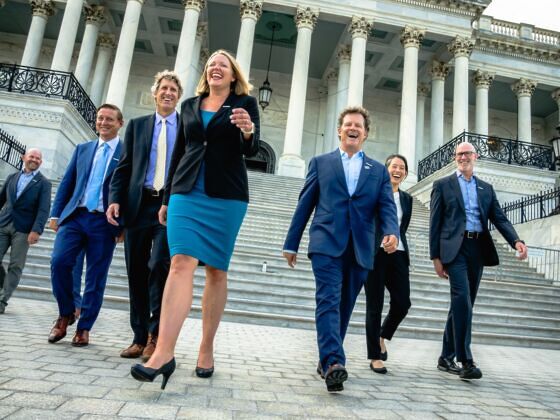

How Are Outdoor Organizations Actually Spending Your Donations? I Traveled to Washington, DC, to Find Out.
Everyone in the outdoor space is on a mission. Some are on a mission to the summit. Others a mission to top out the next pitch. In recent years, however, the term “mission” has gained a new connotation as the mission-driven brand has become commonplace. Patagonia, whose mission is to “Save our home planet,” famously went all-in on its eco-friendly pledge with founder Yvon Chouinard’s $3 billion donation of the company into a climate-focused trust. Pro snowboarder Jeremy Jones founded Protect Our Winters to engage the snowsports community in environmental stewardship and activism (his snowboard brand, Jones Snowboards, operates in much the same manner, though without shunning profits).
These are but a small sample of the outdoors community’s growing mission to advocate for land and planet. Environmentally-focused non-profits took in some $8 billion in 2020. You, as a consumer, can donate to POW or buy a new jacket from Patagonia with the understanding that your dollar goes towards this cause – but what exactly does that mean? How are these brands and organizations advocating for environmental stewardship, and does it actually make a difference? I traveled to Capitol Hill in Washington, DC, to go behind-the-scenes with Outdoor Alliance, a coalition of outdoor advocacy groups such as the International Mountain Bicycling Association and the Surfrider Foundation, along with a cohort of professional athletes, to find out.
‘Is that Tommy Caldwell wearing a tie?’
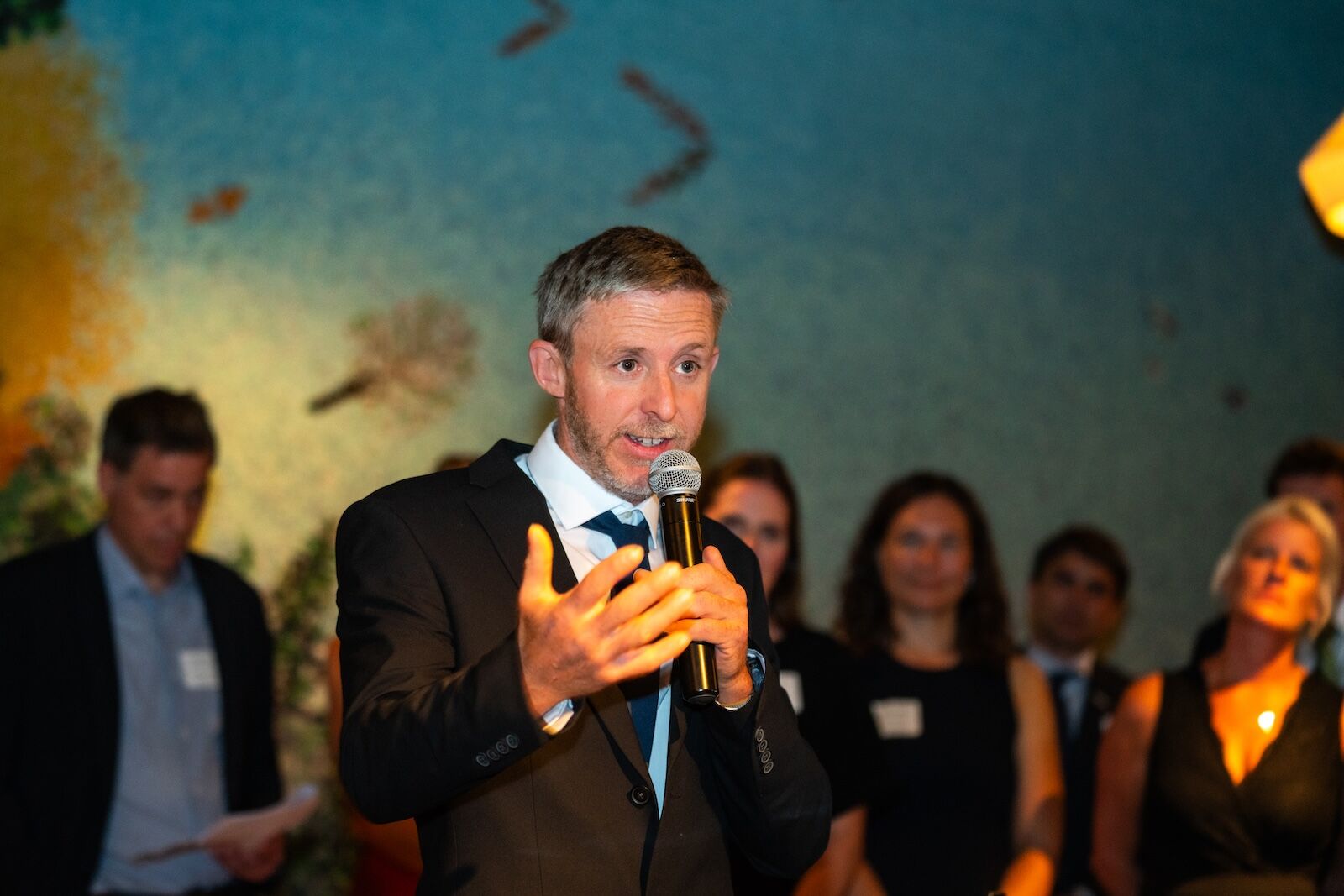
Tommy Caldwell, wearing a tie. Photo: Torch Pictures
Never has there been a segment of the population that feels more awkward in formal wear than the outdoor community. At 9 AM on a Tuesday, 80 or so climbers, mountain bikers, backcountry skiers, and surfers gathered in a conference room above the Outdoor Alliance office north of Capitol Hill. Around my neck was the tie I wore on my wedding day in 2016 that had remained tied on a hanger in my closet ever since. It was 90 degrees outside and humid. I felt as though I were in the scene of Fear and Loathing in Las Vegas when Raul Duke first arrived at the hotel and was waiting to check in, just as he peaked on the drugs he’d taken en route. “I was pouring sweat,” Duke proclaimed. “I’ve never been able to properly explain myself in this climate.”
We were gathered for a briefing before heading to Congress to lobby for final passage of the EXPLORE Act, which aims to enhance outdoor recreation opportunities and accessibility on federal lands. By improving infrastructure, streamlining permitting, and modernizing technology, the Act seeks to create a more welcoming and enjoyable experience and boost local economies through tourism and outdoor recreation. Ultimately, the Act seeks to ensure that everyone, regardless of their background or abilities, has the opportunity to enjoy the benefits of spending time in nature on federal lands. The bill passed in the House of Representatives earlier this year, and Outdoor Alliance members now sought to encourage its passage through the Senate, likely as an addendum to the National Defense Authorization Act (NDAA), the major defense budget bill that congress authorizes each year. The group felt we were close – the senators needed encouragement to bring their version to the floor and figure out where it could fit into future funding.
“Outdoor Alliance helped develop an earlier version of the EXPLORE Act, and in particular, we were interested in designing legislation that would be a “terrestrial” Wild & Scenic River designation, allowing land to be protected for its recreation values,” Adam Cramer, Executive Director of Outdoor Alliance, told me. “We worked on that bill for many years and then it evolved into America’s Outdoor Recreation Act/EXPLORE Act, which is what stands to be passed at the end of this year.”
Getting lawmakers on board with the concept of EXPLORE wasn’t the hard part – it was securing funding as part of that larger NDAA package or another piece of legislation.
“EXPLORE is unique because it’s the first attempt to pull together a lot of policy ideas around how to improve and protect outdoor recreation on federal lands and waters,” Cramer says. “Even though outdoor recreation participation is growing, and the outdoor economy is growing, there has not yet been a lot of policy that looks to improve how the Forest Service, Park Service, and BLM handle outdoor recreation on public lands. This is the first big effort to think through how we can expand and protect recreation access, including improving equitable access and sustainable recreation.”
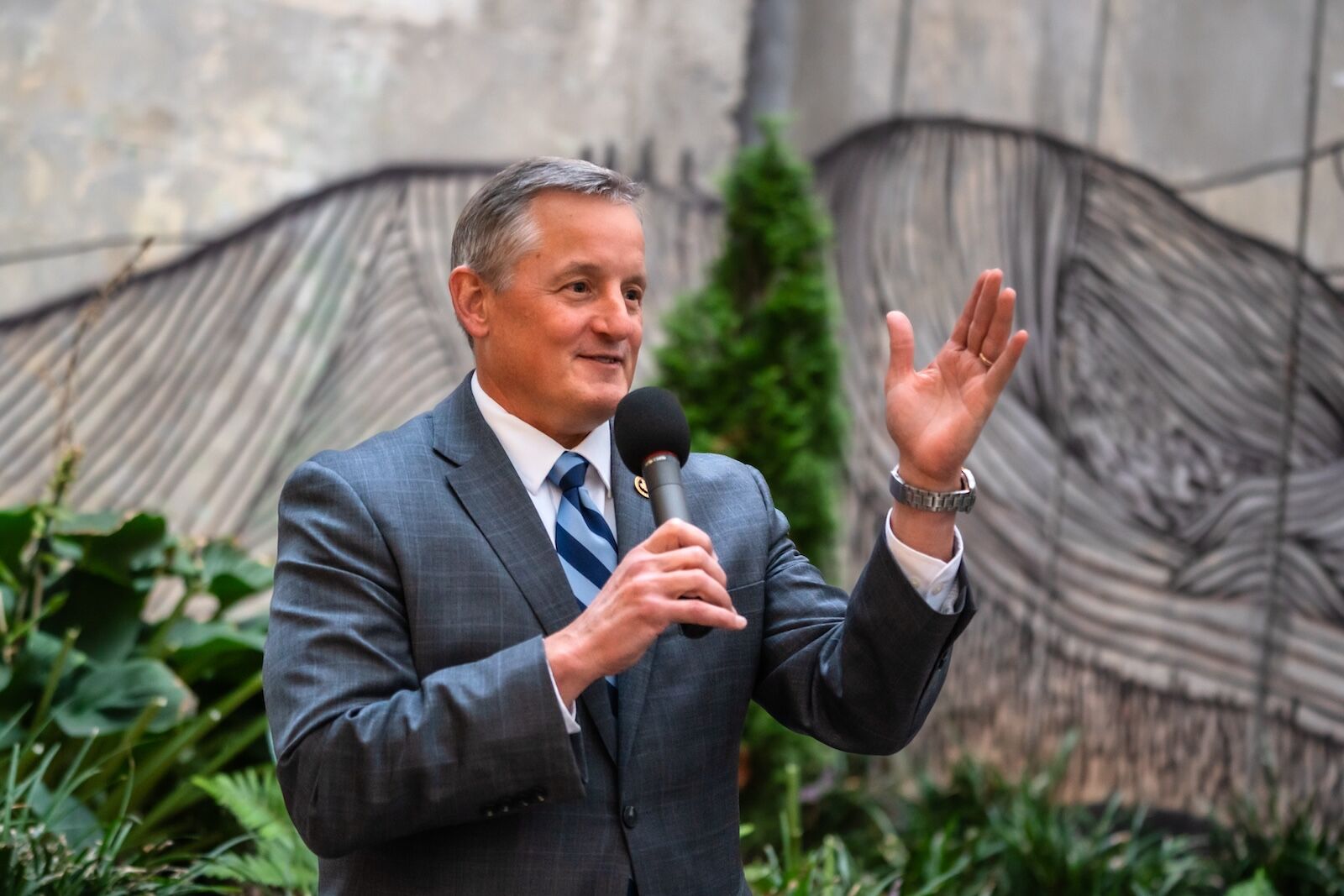
Congressman Bruce Westerman of Arkansas speaks at REI. Photo: Torch Pictures
This became the mantra as coalitions from several states and organizations made their way to the Hill. I’d never before sat in on a meeting with congress. The same stood true for several members of the Grasstops Collective, a group of athletes and advocates trained by Outdoor Alliance to do just that. We divided up into groups by state, as the best way to nudge a lawmaker is to send constituents right to their office. Each consisted of a leader from an Outdoor Alliance member organization, one or more Grasstops Collective members, and in some cases a pro athlete or another advocate with a specific voice to amplify.
On day one I joined a group from Washington state led by members of The Mountaineers, an Outdoor Alliance member and advocacy group based in Seattle. We met first with Congressman Derek Kilmer, who represents Washington’s 6th District. He led by telling us a story of a recent long hike gone awry. Listening to Conor Marshall from The Mountaineers speak to the EXPLORE Act and more specifically the PARC Act, which aims to preserve the legality of fixed anchors in wilderness areas, I recognized immediately that I’d uncovered a deeper layer of activism, that this was that dollar from my Patagonia jacket going to work.
“The real meat of a trip is in the few sentences where connections are made with members or their staff,” Dillon Osleger, pro mountain biker and Executive Director of Sage Trail Alliance, later told me. I joined Osleger and the California team on day two, where we met with the office of Senator Alex Padilla of California as well as several House members. “The biggest impact isn’t in pure facts or calculated statistics about the purported economic impacts of a bill, but rather in stories. Members of legislation want to hear individuals speak to how the law impacts them positively and negatively right now, and be provided with a clear path to ways to solve that issue.”
What struck me most about the congressional meetings was how non-intimidating they were. After introductions, each person spoke to why they believe in the EXPLORE Act and in conservation more broadly. Concerns were raised around stalled funding for the National Forest Service and Bureau of Land Management. The lawmakers or the staff member in the meeting took notes, asked a few questions if they had them, and generally found common ground.
To be involved, or not to be involved, in on-the-ground advocacy
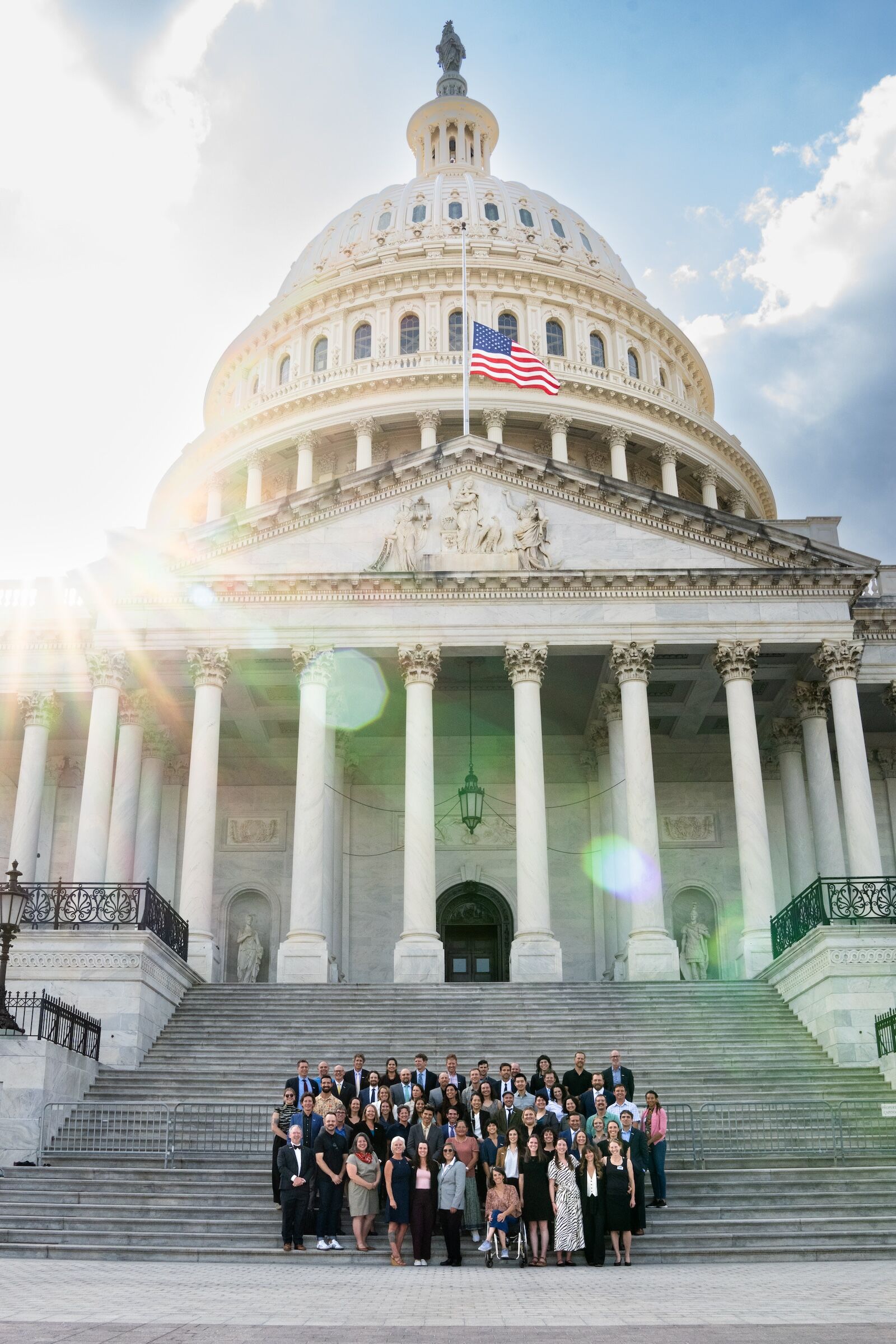
The Outdoor Alliance crew on the capitol steps. Photo: Torch Pictures
My first night in town I attended an event at REI’s downtown DC location that featured a talk from Congressman Bruce Westerman of Arkansas. He said he believed that the EXPLORE Act would pass the senate unanimously and be headed to President Biden’s desk by the end of the year. This could prove critical to the National Forest Service and the Bureau of Land Management, two of the three federal agencies tasked with protecting public lands. Each has seen critical underfunding in recent years even as outdoor recreation has increased since the COVID-19 pandemic. These agencies can’t do it alone. They need you, they need me – they need public advocacy from the people who use the land. If EXPLORE passes, the behind-the-scenes work from the people at this event will be a big part of the reason why.
After two days of lobbying, Outdoor Alliance hosted a party at the Eaton DC hotel’s rooftop bar in celebration of the group’s 10th anniversary. In the room were reps from each of the 10 member organizations, Grasstops Collective advocates, journalists, donors, and a slew of professional athletes including climbers Tommy Caldwell and Nina Williams, and Osleger, the mountain biker. Caldwell, there on behalf of Patagonia and indeed donning a tie, spoke to the group.
“I didn’t know if this model worked at first,” Caldwell said about bringing athletes and advocates together to lobby. “But I’ve seen bills proposed and bills passed, and I really believe in it. And this is why we should all give a shit.”
Traveling for advocacy is a fulfilling, and too often overlooked, reason for travel. I found that another great reason to get involved is that there’s no better way to retain faith in the democratic process. Apathy breeds anger and discontent. The world is run by those who show up – and Outdoor Alliance is proof that the outdoor industry isn’t a no-show. Sitting in the room while expert lobbyists and advocates from organizations I’ve emailed with or donated to for years is eye-opening because it adds depth to concept of being “conservation-oriented outdoors people.” You hear that over and over, but to actually be in the room when progress is being made, and to share a handshake or a beer with the people making it happen, validates the industry’s claims. This is the opposite of greenwashing – these climbers, mountain bikers, rafters, and skiers are here, in person, advocating for what they believe to be right in the world. Anyone can do this – all you need to do is get involved with an advocacy group tied to your sport of choice.
I learned that effective lobbying is, as Osleger said, led by relationship building. It’s about saying to the lawmaker, “Hey, thanks for all you do. We got your back, please have ours.” Lawmakers and their staff are people just like us, often toiling in a thankless environment. Each person I spoke with throughout my time in DC, from the opening reception at REI through to the closing party, shared a story about the moment they first cared about conservation. Eventually, all had come to the conclusion they could accomplish more by coming together. This is the basis of Outdoor Alliance, which includes organizations tied to most major human-powered outdoor sports.
This benefits travelers and athletes of all stripes because more protections of public lands means more places to recreate, more spaces for the reasons we travel, and more jobs within the outdoor recreation and travel industries. Sitting behind me at the briefing on the first day was Rebecca Goodstein, Patagonia’s Senior Manager of Environmental Activism. I followed up with her to ask about the company’s top priorities for stewardship and although I felt I’d gained some insight, how, exactly, the company funnels money into activism. She told me that much of that happens through the popular 1% for the Planet program, which prompts companies and organizations to donate 1 percent of revenue to environmental causes. Patagonia, of course, contributes extensively.
“This commitment is part of our business charter but what the public doesn’t see, and I’m especially proud of, is that we give agency to our retail teams to decide which organizations to fund since they work, play, and live in these communities,” Goodstein told me. “They have close relationships with these nonprofits and support them holistically – in addition to grants – by hosting them for in-store events, by having employees volunteer for the organizations, and by providing access to our Patagonia Action Works platform. What results are authentic, meaningful relationships between our retail teams and these nonprofits.”
Your advocacy dollar, going to work
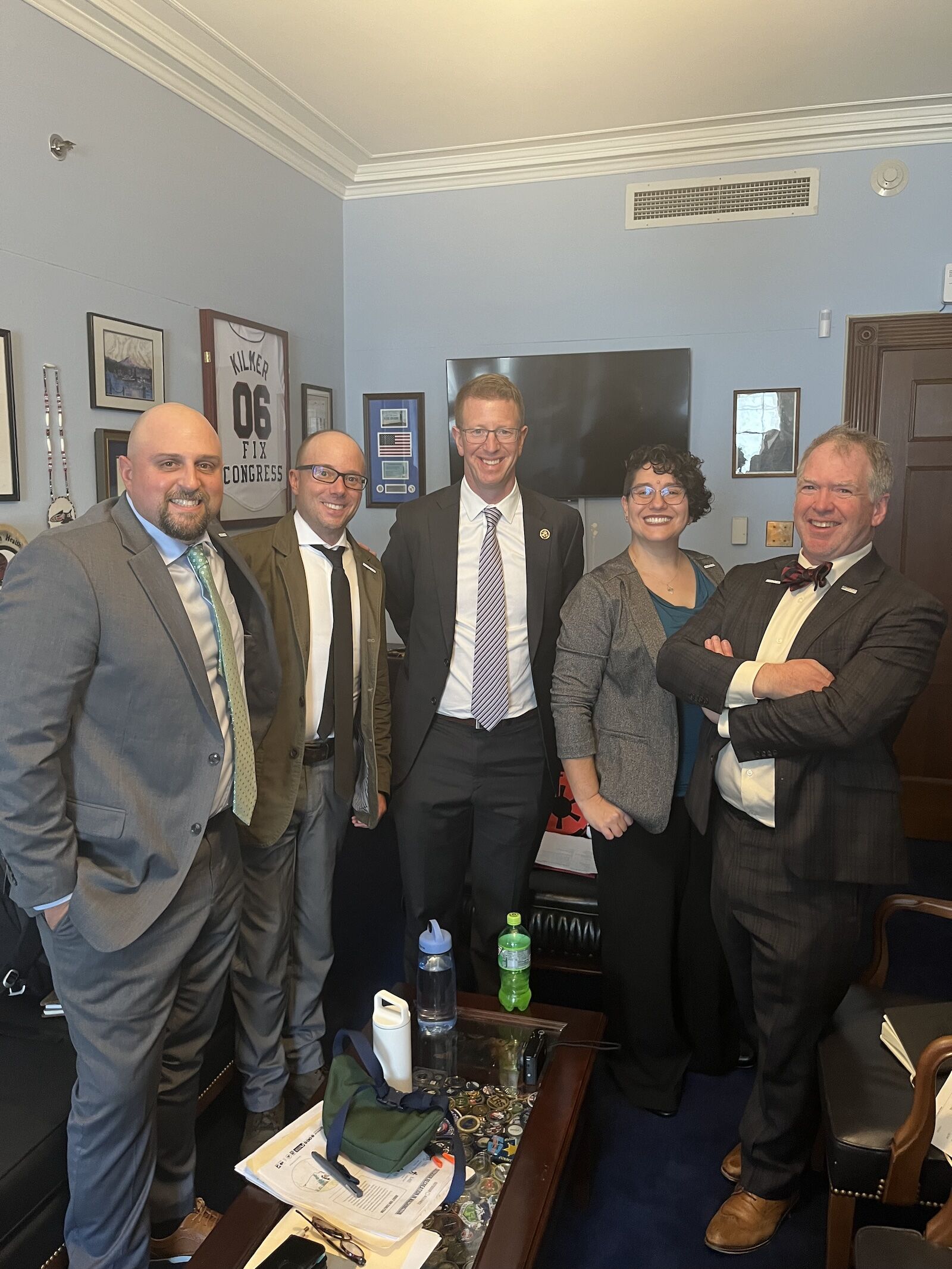
Meeting with Rep. Derek Kilmer of Washington. Photo courtesy Tim Wenger
There are two crazy things about lobbying Congress for something you’re passionate about. The first is that it’s impossible not to bring emotion into play. Everyone has a story about the outdoors. Whether from their childhood or from just last week, these memories are a part of who each American is, and more broadly, who we are as a nation. While all parties behind a bill won’t agree on, or even care about, every word that goes into it, what moves massive legislative packages forward is the common emotion behind them. Every citizen worth their right to vote can champion this one greatest cause of democracy – that society is better because we have a say in it, and that broad strokes towards progress are better than baby steps towards perfection. Conservation is an ideal example of this because no one has ever been worse off due to the preservation of the natural order. Humanity didn’t start it, but we can prevent ourselves from ending it.
The second crazy thing is that activism works. Outdoor Alliance has been instrumental in preserving millions of acres of public land through initiatives like the John D. Dingell, Jr. Conservation, Management, and Recreation Act (see more of the group’s impact on its website). The coalition has on many occasions successfully advocated for increased funding for public lands and outdoor recreation, including the Great American Outdoors Act, which in 2020 provided billions of dollars for maintenance and improvements. Most notably, the coalition brings unique perspectives from across outdoor recreation together to champion a greater cause, while still focusing on core issues that impact individual sports. Each lawmaker or staff member we spoke with shared a story about their own time spent outdoors – proof that their heartstrings were tugged at least a little bit, and that the cause of environmental champions from Pliny the Elder to John Muir to Yvon Chouinard is alive and well.